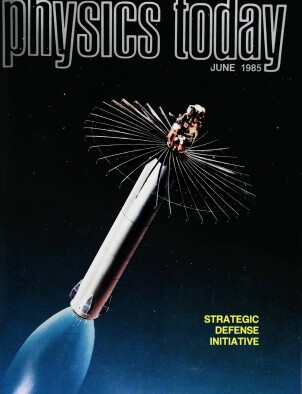Atomic Beams Stopped by Laser Light, and Trapped
DOI: 10.1063/1.2814588
The trapping of charged elementary particles and ions by various electromagnetic field configurations is a well established art. Last month (page 17) we told of a lone electron that was confined for almost a year in the vacuum of a Penning trap, yielding a superbly delicate observation of lowenergy relativistic hysteresis. But the trapping of electrically neutral particles—atoms in particular—is quite another matter. In the absence of the simple Lorentz force acting on a charged particle, one has to reach for a much weaker, second‐order handle—the atom’s magnetic or induced electric dipole moment. A variety of ingenious magnetic and laser traps have been proposed for atoms, but they all suffer a severe limitation: The weak dipole interaction with the trapping field yields only very shallow trapping potential wells, generally incapable of holding an atom moving much faster than a man can run—about 10 meters/second.
This article is only available in PDF format




